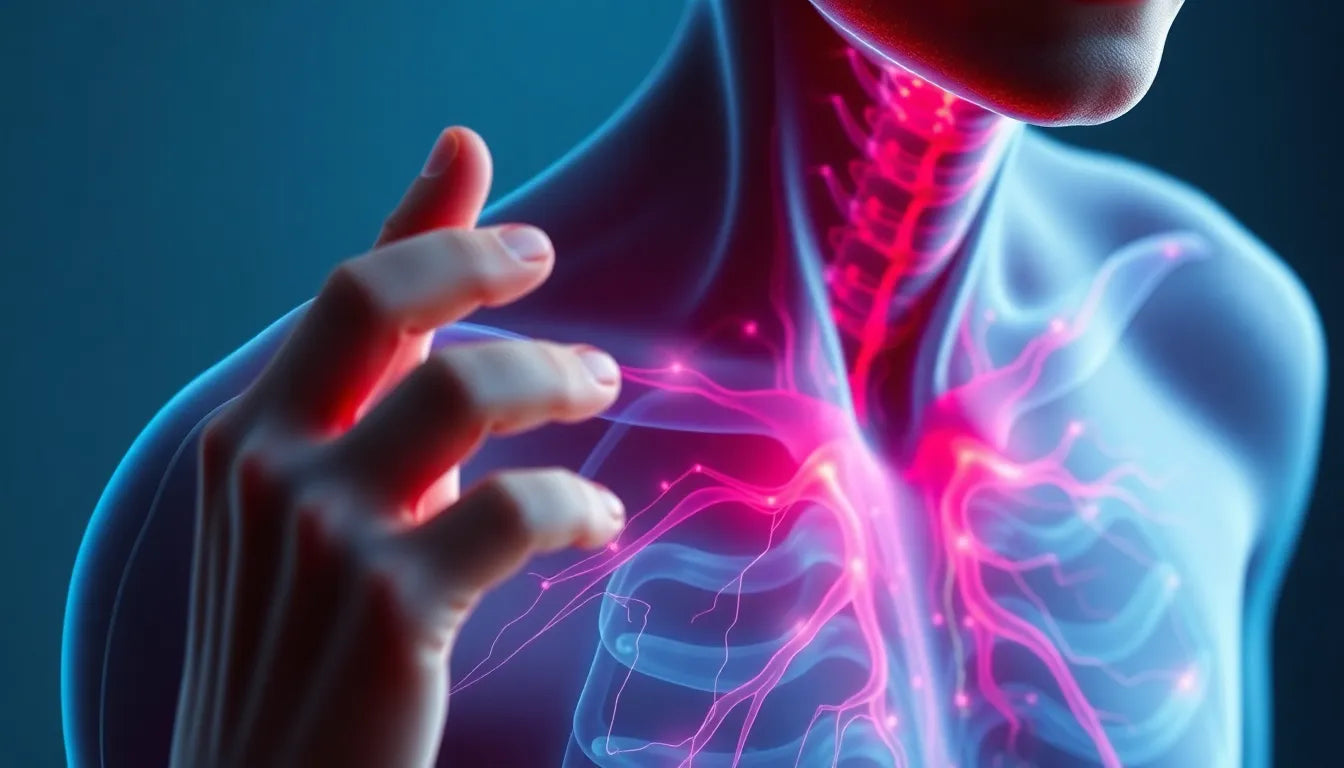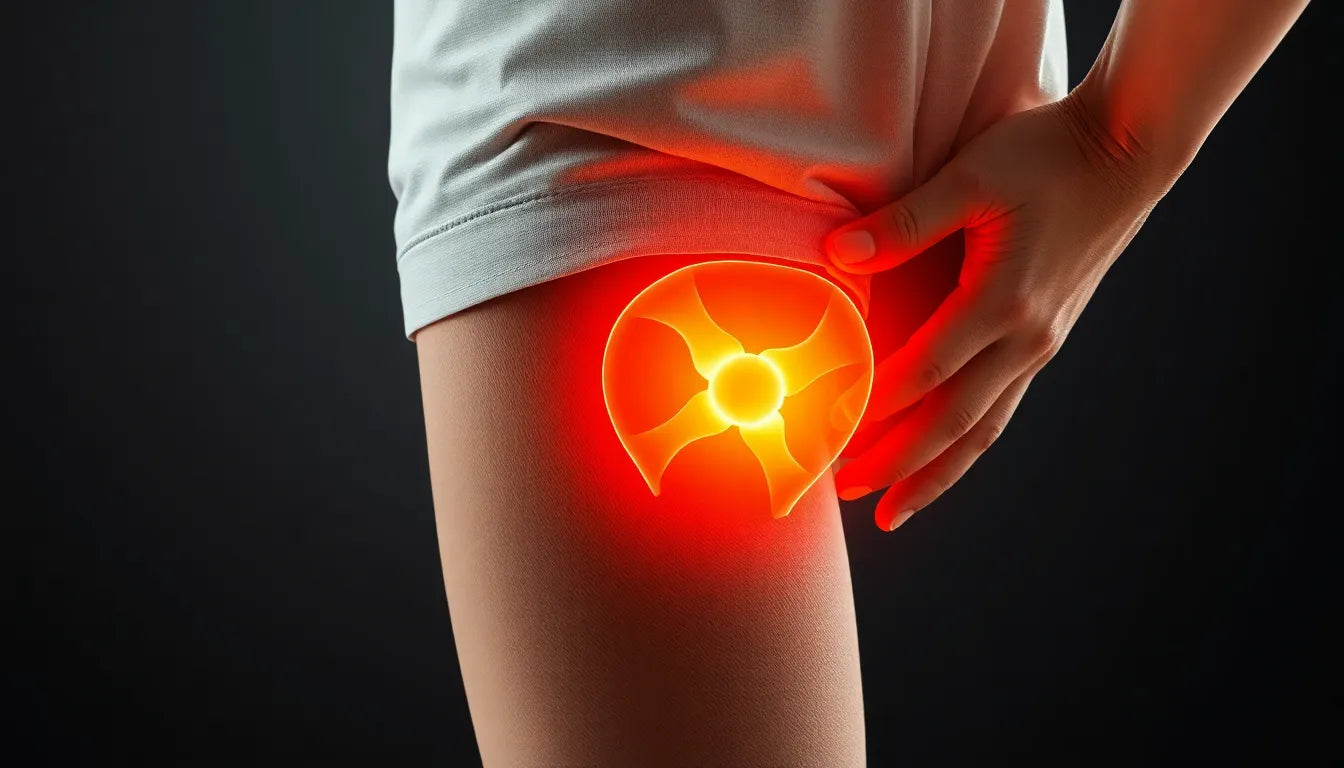Experiencing pain in the lower back and pelvic region is a common issue that affects countless individuals, disrupting daily activities and diminishing quality of life. This discomfort, often referred to as pain in the lower back and abdomen, can range from mild to severe, with the potential to interfere with everything from work to leisure activities. Understanding its underlying causes is crucial for finding effective relief and preventing the pain from becoming a chronic condition.
Common causes of pain in the lower back and abdomen
There are numerous potential causes for pain in the lower back and pelvic area. Muscle tension is a frequent culprit, often resulting from poor posture or overexertion. Additionally, gynecological issues such as pelvic inflammatory disease, menstrual cramps, and bladder infections can lead to significant discomfort. Digestive problems, including irritable bowel syndrome and constipation, are also known to manifest as abdominal and lower back pain. Urinary tract disorders, such as kidney stones or infections, can similarly cause pain in these regions.
Moreover, conditions like disc herniation and pelvic floor dysfunction are common contributors to this type of pain. A poor work environment, characterized by inadequate ergonomic support, can exacerbate these issues, leading to persistent discomfort.

Lumbar support belt
Provides stabilisation and strong compression for lower back pain relief and support throughout daily activities.
The importance of addressing pain promptly
Addressing pain in the lower back and abdomen without delay is essential to prevent the development of chronic conditions. Ignoring these symptoms can lead to prolonged suffering and may require more intensive treatment over time. Early intervention can help identify the root cause of the pain and provide targeted solutions to alleviate discomfort and improve overall well-being.
By understanding the potential causes and recognizing the importance of prompt treatment, individuals can take proactive steps to manage their pain effectively. This not only enhances their quality of life but also reduces the risk of long-term health complications.
Detailed causes of pain in the lower back and abdomen
Pain in the lower back and pelvic region is often attributed to a variety of causes, each requiring specific attention for effective management. One of the most prevalent issues is related to muscle and skeletal problems. Muscle tension, frequently arising from poor posture or prolonged sitting, can lead to significant discomfort. Additionally, conditions like disc herniation, where the cushioning discs between vertebrae become compressed, can result in severe lower back pain.
Gynecological factors also play a crucial role in contributing to pain in this area. Conditions such as pelvic inflammatory disease (PID) and menstrual cramps are common culprits. PID, an infection of the female reproductive organs, can cause intense pain and requires medical intervention. Similarly, menstrual cramps, though often temporary, can lead to recurring discomfort that affects daily life. Bladder infections, another gynecological concern, can also manifest as pain in the lower back and abdomen.
Digestive and urinary concerns are additional contributors to pain in these regions. Digestive disorders, such as irritable bowel syndrome (IBS) or constipation, can cause bloating and abdominal pain that radiates to the back. Kidney and bladder problems, including infections or stones, are notorious for causing sharp, debilitating pain in the lower back and pelvic area.
Other contributing factors include a poor work environment and pelvic floor dysfunction. An inadequate ergonomic setup at work can exacerbate muscle tension and strain, leading to persistent pain. Pelvic floor dysfunction, a condition where the muscles in the pelvic region do not function properly, can also cause significant discomfort and requires targeted therapeutic interventions.
Recognizing symptoms and differentiating causes
Identifying the specific cause of pain in the lower back and abdomen is essential for effective treatment. Common symptoms include persistent or intermittent pain, bloating, changes in bowel movements, fever, and unusual discharge. These symptoms can vary significantly depending on the underlying cause. For instance, pain accompanied by fever and discharge might indicate an infection, whereas bloating and changes in bowel movements could suggest a digestive issue.
To aid in differentiation, a symptom comparison table can be invaluable. Such a table matches specific symptoms to potential causes, providing a clear reference for individuals experiencing these discomforts. This approach facilitates a better understanding of the possible underlying issues and guides individuals in seeking appropriate medical advice or treatment.
Effective treatment options for relieving pain
Addressing pain in the lower back and pelvic region involves a combination of physical therapies, ergonomic solutions, and relaxation techniques. Physical therapies, such as physiotherapy, stretching, and strengthening exercises, are highly beneficial in alleviating muscle tension and improving posture. These exercises help restore flexibility and strength, reducing the likelihood of recurrent pain.
Ergonomic solutions also play a critical role in pain management. Implementing ergonomic aids, such as supportive chairs and adjustable desks, can significantly reduce strain on the lower back and pelvic region. A better workplace setup not only alleviates existing discomfort but also helps prevent future issues.
Relaxation techniques, including meditation and deep breathing exercises, are effective in managing stress-related pain. These methods promote relaxation and reduce muscle tension, offering relief from chronic discomfort. Additionally, professional interventions, such as osteopathy and chiropractic care, can provide targeted relief for more severe symptoms. Consulting with healthcare professionals ensures that individuals receive the most appropriate and effective treatments for their specific conditions.
By understanding the detailed causes and recognizing the symptoms of pain in the lower back and abdomen, individuals can take proactive steps to manage their discomfort. Implementing effective treatment options not only alleviates pain but also enhances overall well-being, improving quality of life.
Preventive measures and lifestyle adjustments
Incorporating preventive measures and lifestyle adjustments can significantly reduce the risk of experiencing pain in the lower back and pelvic region. Regular exercise is one of the most effective strategies for maintaining a healthy back and abdomen. Engaging in activities such as walking, swimming, or yoga helps to strengthen the muscles, improve flexibility, and promote overall well-being. It's crucial to focus on exercises that enhance core strength, as strong core muscles support the spine and reduce strain on the lower back.

Men's Posture Shirt™ - Black
Patented shirt activates and supports muscles, helping to relieve back pain and promote better posture.
Maintaining proper posture is equally important in preventing pain. Whether sitting at a desk or standing for extended periods, ensuring that your posture is correct can alleviate unnecessary stress on the back and abdomen. This involves keeping the back straight, shoulders relaxed, and feet flat on the ground when sitting, and distributing weight evenly when standing.
Stress management is another key factor in preventing tension-related pain. Stress can lead to muscle tension and exacerbate existing discomfort. Techniques such as mindfulness meditation, deep breathing exercises, and regular relaxation practices can help manage stress effectively and reduce the likelihood of pain.
Ergonomic workplace tips
Creating an ergonomic work environment is essential for preventing pain in the lower back and pelvic region, particularly for those who spend long hours at a desk. Investing in ergonomic furniture, such as adjustable chairs and desks, can significantly improve posture and reduce strain. Ensure that the chair provides adequate lumbar support and that the desk height allows for a comfortable position without slouching or reaching.
Positioning computer screens at eye level and using a keyboard and mouse that facilitate a natural hand position can also help prevent strain. Taking regular breaks to stand, stretch, and move around is vital to avoid prolonged periods of sitting, which can contribute to muscle tension and discomfort.
frequently asked questions
What can cause pain in the lower back and abdomen?
Pain in the lower back and abdomen can be caused by a variety of factors, including muscle tension, gynecological issues like pelvic inflammatory disease and menstrual cramps, digestive problems such as irritable bowel syndrome, and urinary tract disorders like kidney stones or infections.
Which exercises help with lower back and abdominal pain?
Exercises that strengthen the core, improve flexibility, and promote overall fitness are beneficial for managing lower back and abdominal pain. Recommended exercises include yoga, swimming, and specific stretching and strengthening routines that target the back and abdominal muscles.
When should I see a doctor for lower back and abdominal pain?
It's important to seek medical advice if the pain is severe, persistent, or accompanied by symptoms such as fever, unusual discharge, numbness, or weakness. These could be signs of a more serious condition that requires professional evaluation and treatment.
Can ergonomic equipment help with my pain?
Yes, ergonomic equipment can significantly reduce strain and discomfort associated with poor posture and prolonged sitting. Using adjustable chairs, desks, and supportive accessories can create a more comfortable and health-promoting work environment, alleviating pain and preventing future issues.
Kilder
- Aleris. (n.d.). "Underlivsbetændelse." Aleris.dk.
- Aarhus Osteopati. (n.d.). "Underlivssmerter og menstruationssmerter." Aarhus Osteopati.
- Min Osteopat. (n.d.). "Smerter i underlivet og lænden." Min Osteopat.
- Aarhus Universitetshospital. (n.d.). "Smerter i underlivet." AUH.dk.
- Hvidovre Hospital. (n.d.). "Underlivssmerter pga. myoser." Hvidovre Hospital.
- Nørresundby Rygcenter. (n.d.). "Behandling af underlivssmerter." Nørresundby Rygcenter.


















